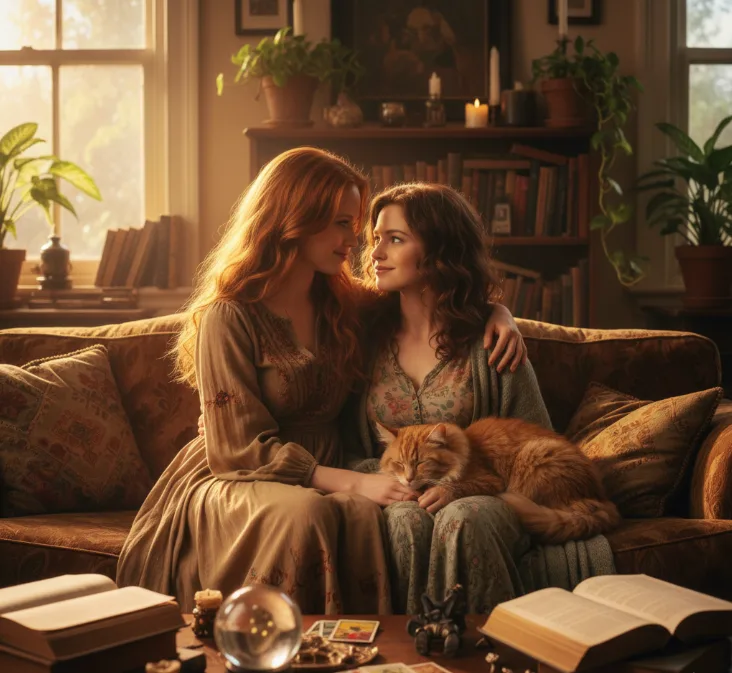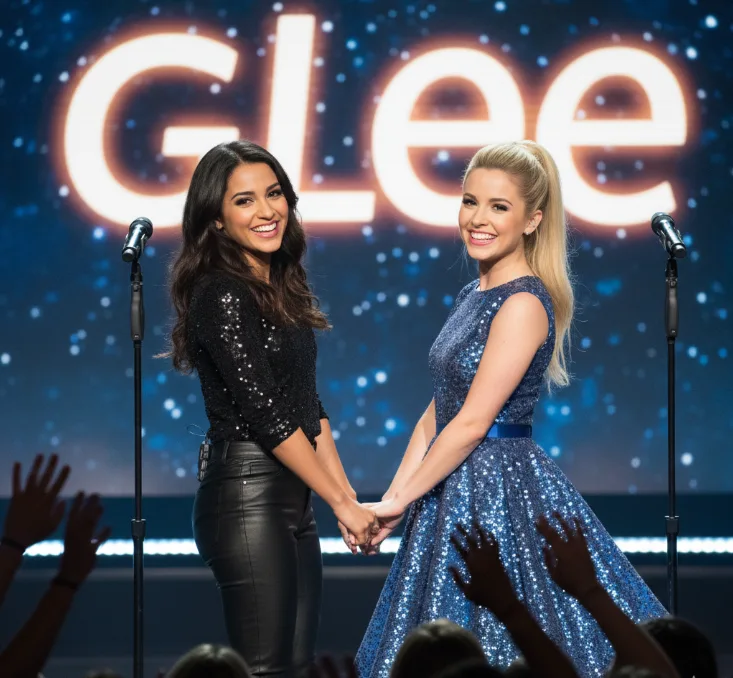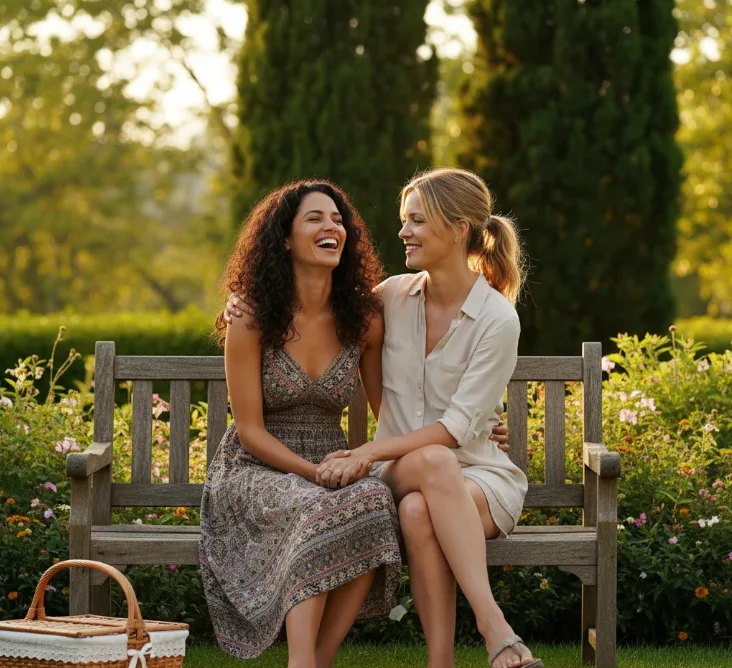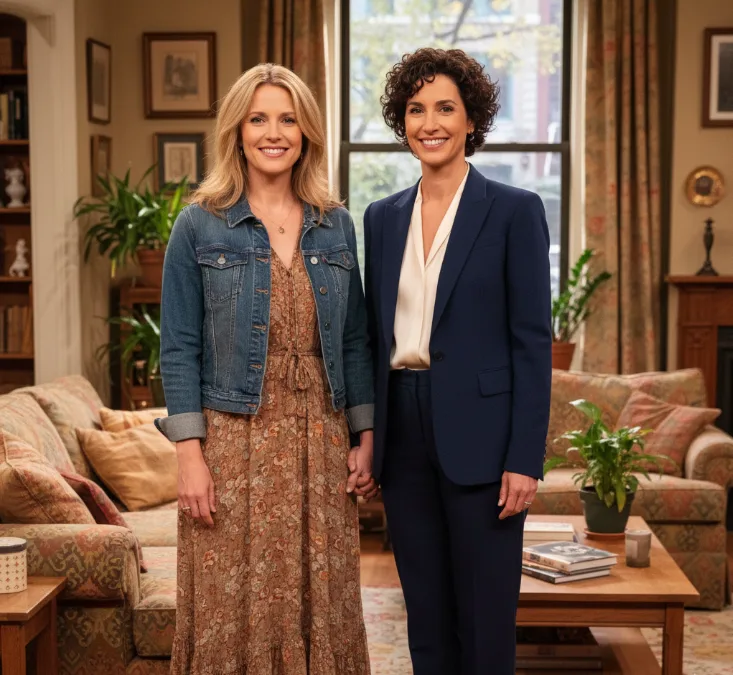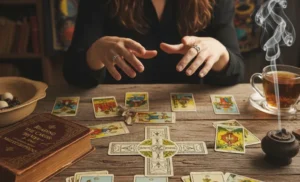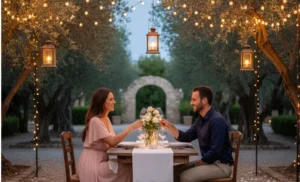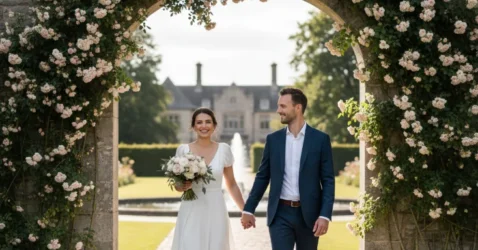Iconic Love: The 5 Hottest Lesbian Romances in TV History
Whenever you get invested in a TV show, one of the best parts is finding a new fictional couple to swoon over. There’s something truly magical about witnessing the blossoming of an onscreen romance, whether you’re single or in a long-term relationship. However, as easy as it is to find straight relationships dominating the screen, finding meaningful, nuanced portrayals of same-sex couples, particularly lesbian characters, has historically been a struggle. Often, the representation that did exist fell into tired, one-note stereotypes or was sadly fetishized.
Thankfully, television has evolved, and there are now a handful of incredible lesbian romances that have stood the test of time, giving fans true relationship goals to champion. These couples weren’t just plot devices; they were authentic, heartwarming, and often groundbreaking.
Here are five of the most essential and beloved fictional lesbian couples to ever grace our television screens.
Willow Rosenberg and Tara Maclay (Buffy the Vampire Slayer)
When Buffy the Vampire Slayer first aired, it was nothing short of revolutionary. Long before major networks routinely featured queer characters, Willow and Tara emerged in the late 1990s as a major, meaningful representation.
Willow’s initial journey saw her presented as straight, nursing an unrequited crush on Xander before finding an adorable relationship with her werewolf boyfriend, Oz. However, after Oz’s departure, Willow began studying witchcraft with Tara. As their shared passion for magic deepened, their connection organically grew into something romantic, and they realized that the real magic wasn’t in their spells, but in their undeniable chemistry.
Their relationship was significant for its portrayal of a loving, stable, and truly magical queer couple, making their eventual separation all the more tragic. Tara was suddenly killed by a stray bullet intended for Buffy, a shocking and abrupt loss that outraged fans and cemented the relationship’s legendary status. Despite this unfortunate ending—which many still argue falls into the problematic “bury your gays” trope—fans continue to regard Willow and Tara as one of the greatest and most meaningful love stories in television history.
Santana Lopez and Brittany S. Pierce (Glee)
Glee is a polarizing series, especially for those not drawn to musical numbers or high school drama. Yet, it was the raw, undeniable chemistry between its characters that kept millions of viewers absolutely hooked. Among the show’s many pairings, the same-sex relationship between the two cheerleaders, Santana and Brittany, became an iconic centerpiece.
This on-again, off-again couple, affectionately dubbed “Brittana” by fans, put viewers on the edge of their seats for all six seasons. Their memorable love story was full of heartfelt moments, musical numbers, and genuine complexity, stealing hearts around the world. For many young viewers, their romance was a pivotal piece of representation, playing a role in their own journey of sexual awakening and self-acceptance. Santana and Brittany’s emotional arc validated a generation, showing that queer love could be just as dramatic, romantic, and celebrated as any other.
Alex Danvers and Maggie Sawyer (Supergirl)
Supergirl was an unexpected champion in the landscape of queer relationships on television, delivering a beautiful and impactful lesbian romance to many viewers’ surprise. The show focused heavily on the titular hero’s adventures, but it also dedicated significant screen time to her human sister, Alex Danvers, a fiercely dedicated agent for the Department of Extranormal Operations (DEO).
The audience watched as Alex navigated her high-stakes career, her search for love, and her profoundly personal journey toward realizing and accepting that she was a lesbian. This was a major, well-developed plot twist that transformed not just Alex’s life, but the emotional core of the show. Her dream girl arrived in the form of Maggie Sawyer, a sharp, confident detective. Starting as a strong friendship, Maggie played a crucial and supportive role, helping Alex understand her identity and sexuality, which ultimately led to Alex coming out to her loved ones. The authenticity and care with which the show handled Alex’s coming-out story made the “Sanvers” relationship a deeply resonant and celebrated fan favorite.
Callie Torres and Arizona Robbins (Grey’s Anatomy)
Over the past few decades, Grey’s Anatomy has cemented its status as an iconic show and one of the longest-running medical dramas ever. While many originally tuned in for the early drama surrounding “McDreamy,” the passionate and turbulent relationship between Callie Torres and Arizona Robbins became equally beloved, particularly within the LGBTQ+ community.
These characters were presented as authentic and raw, a stark contrast to many of the problematic lesbian tropes of the past. Their relationship, often called “Calzona,” faced all the hallmark drama of a Shonda Rhimes production—trauma, infidelity, loss, and career conflicts—yet their love remained powerfully central for years. While their relationship ultimately didn’t last, its extensive and often front-and-center depiction on a major network show was groundbreaking. It helped further position creator Shonda Rhimes as a clear ally to the LGBTQ+ community, showcasing a complex, long-running, and deeply flawed yet beautiful lesbian marriage.
Carol Willick and Susan Bunch (Friends)
While known for its six straight friends, Friends quietly made television history with Carol Willick and Susan Bunch. Their televised wedding was broadcast on cable television, a genuinely groundbreaking moment in the 1990s that pushed social boundaries.
Carol’s decision to leave Ross for Susan was often played for comedy, particularly regarding Ross’s discomfort and insecurity. However, what truly stands out about their portrayal is Ross’s unexpected support during their wedding. Despite his lingering emotional baggage, Ross ultimately not only walked Carol down the aisle but also urged her to embrace her happiness, stepping in as a supportive figure when Carol’s own parents refused to attend the ceremony. Though they weren’t central to the main plot, Carol and Susan represented a steady, loving lesbian relationship, giving them a special place in the history books for their quietly revolutionary inclusion on a globally popular sitcom.

